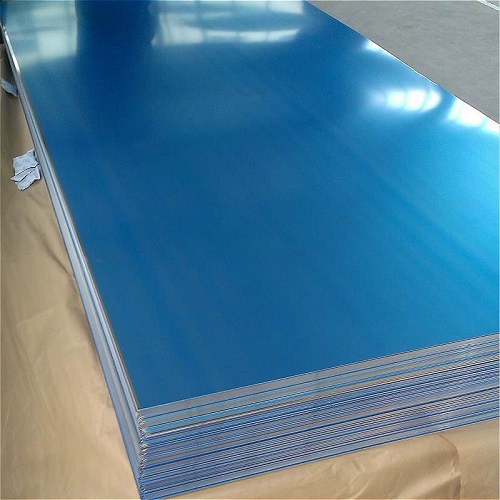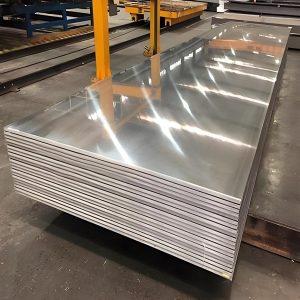Description
Compared with ordinary aluminum alloys, aluminum alloys for aircraft have higher requirements on strength, hardness, toughness, fatigue resistance and plasticity.
There are many kinds of aluminum alloys used on airplanes.
1, Hard aluminum: aluminum magnesium copper alloy. The most widely used aluminum alloy in the aviation industry. Commonly used 2024, 2A12, 2017A, strength, toughness, fatigue resistance, good plasticity. Used to make skins, partitions, ribs, etc.
2, super hard aluminum: aluminum zinc magnesium copper alloy. Commonly used 7075, 7A09, high strength limit and high yield strength, with a large load, used to make the upper wing skin and girders on the wing.
3, anti-rust aluminum alloy: commonly used aluminum-magnesium alloy 5A02, 5A06, 5B05. It has high corrosion resistance, fatigue resistance, good plasticity and weldability. Used to make fuel tanks, oil pipes, etc.
4, forged aluminum alloy, commonly used 6A02, high hardness, with good corrosion resistance. Manufacture of engine parts, joints, etc.
5, casting aluminum alloy, small specific gravity, high corrosion resistance, heat resistance, manufacturing engine casings and so on.
The biggest difference between air travel materials and ordinary aluminum profiles is the mechanical properties. The 7-series aluminum alloy is the highest hardness value of all aluminum alloys, so it is suitable for aerospace applications. The 6 series aluminum alloy has medium hardness and can basically meet the needs of production and life.
The second difference is that the cost is different. The higher the hardness of the aluminum profile, the more difficult it is to form, so the cost of the aerospace aluminum profile is very high. Our ordinary 6-series aluminum alloy (the most commonly used 6063, 6061, etc.) has medium hardness, easy extrusion and low production cost.
The third difference is that aviation aluminum profiles cannot be welded and can only be connected by other means. Ordinary buildings, industrial aluminum profiles can be welded, so the application field is wider.
The fourth difference is also very large, that is, corrosion resistance, the corrosion resistance of the 7-series aluminum alloy is very poor, so the surface must be treated by special processes, which increases the cost. The 6-series aluminum alloy itself has certain corrosion resistance, and if the surface is anodized, the corrosion resistance can be greatly improved.






–
–
–